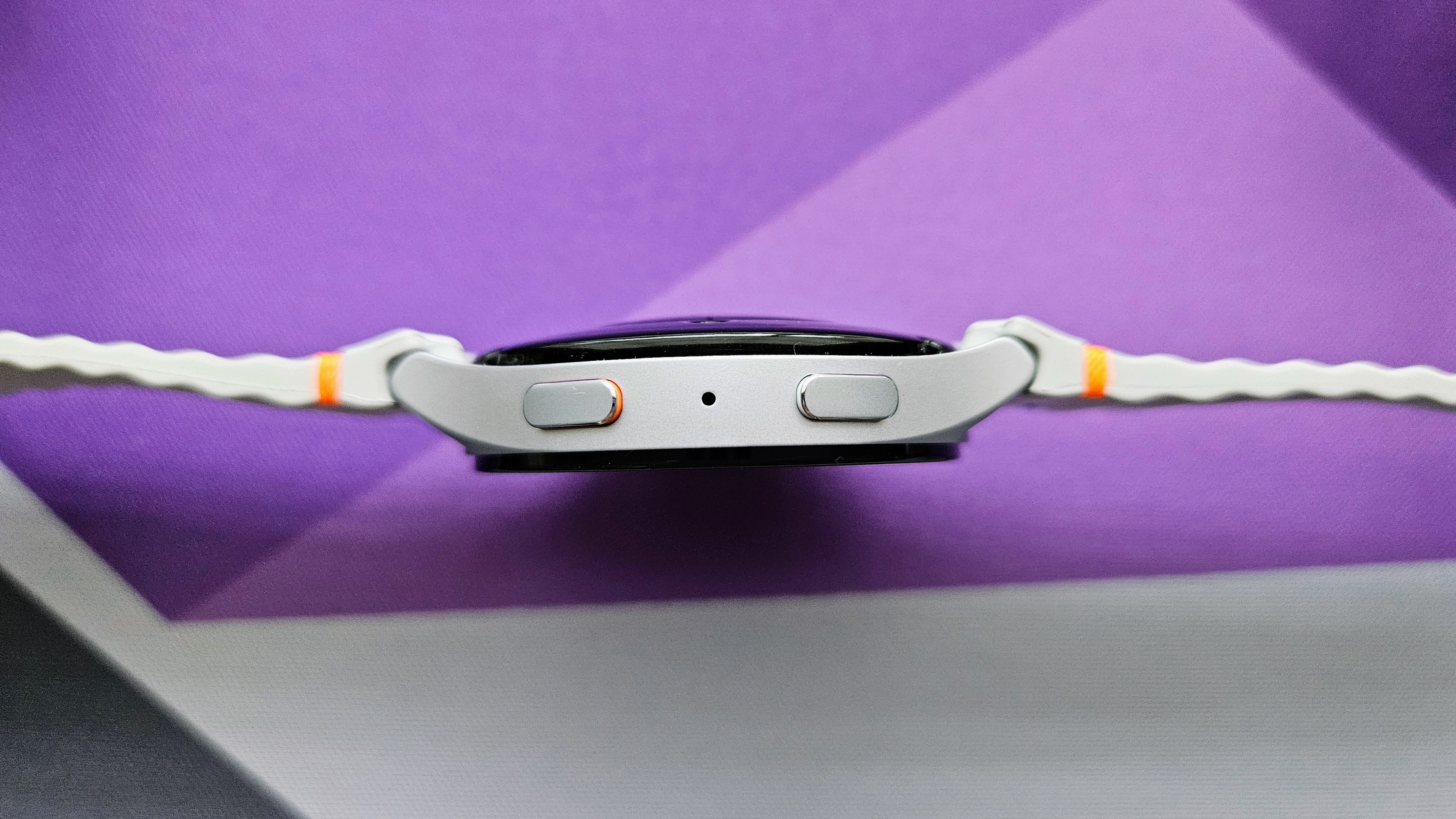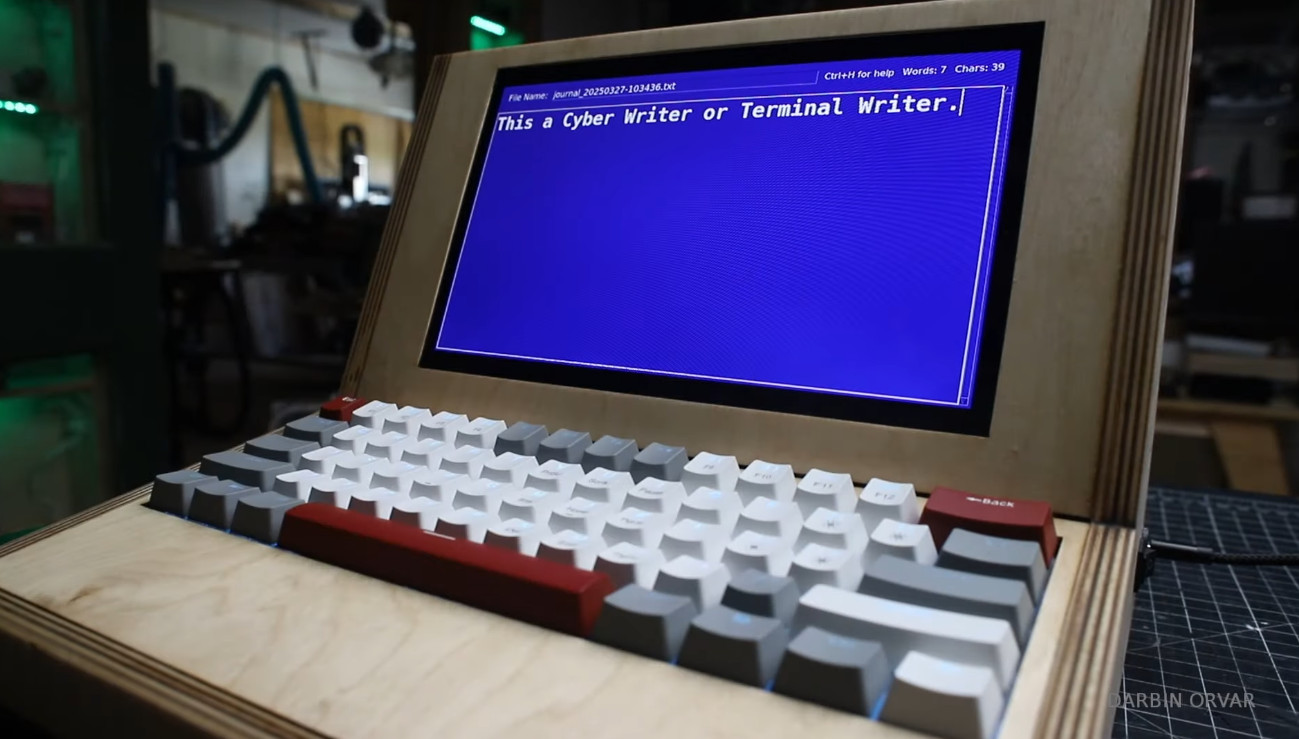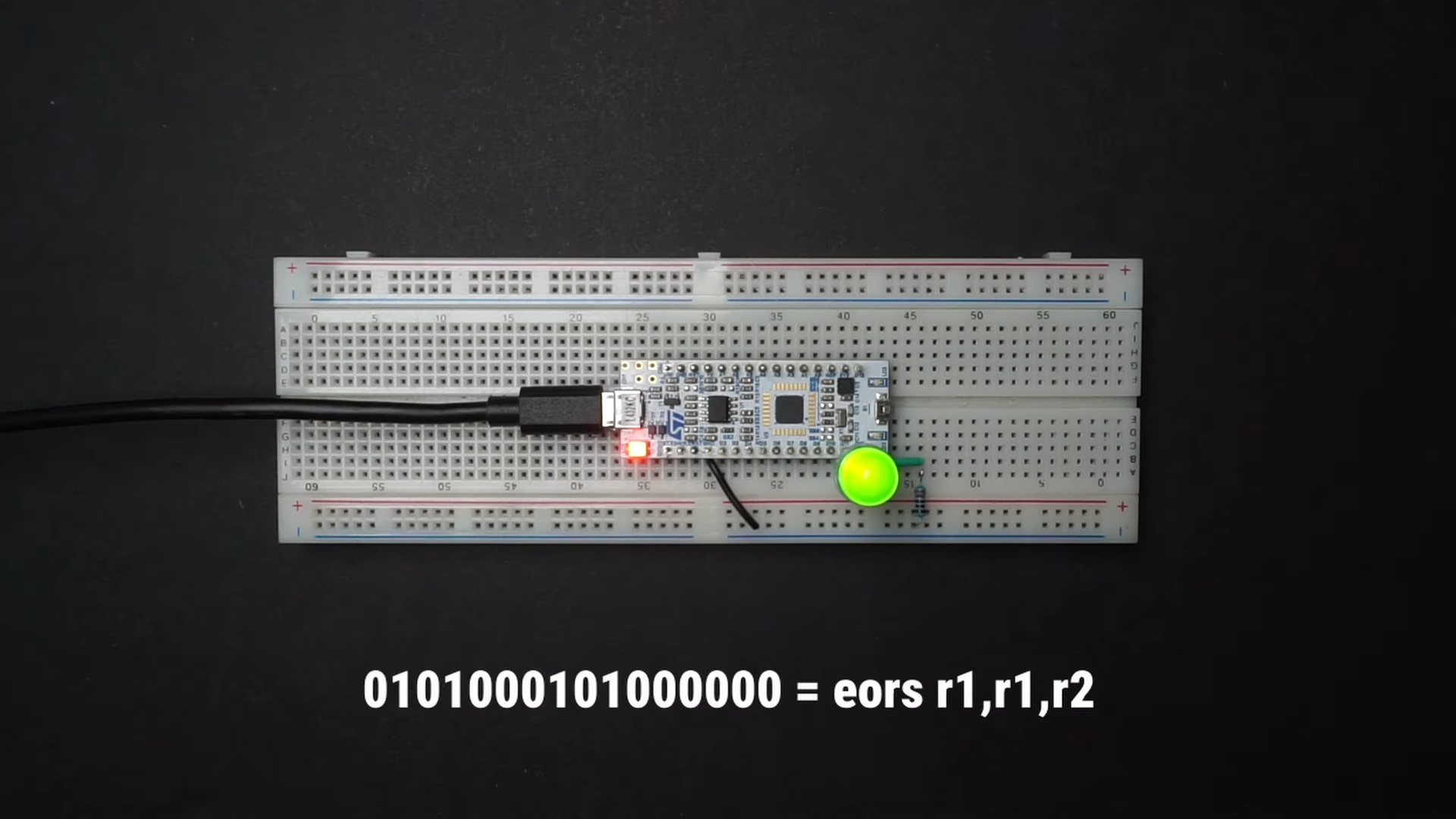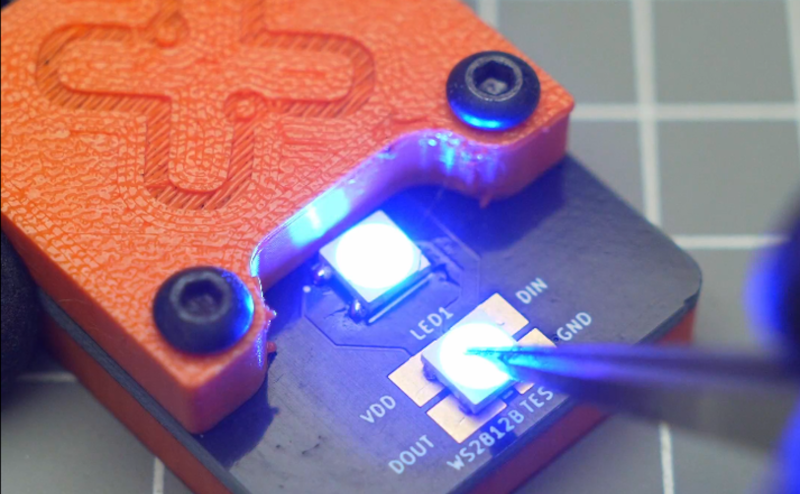Building a Sliding Tile Clock
Hackers like making clocks, and we like reporting on them around these parts. Particularly if they’ve got a creative mechanism that we haven’t seen before. This fine timepiece from [gooikerjh] …read more


Hackers like making clocks, and we like reporting on them around these parts. Particularly if they’ve got a creative mechanism that we haven’t seen before. This fine timepiece from [gooikerjh] fits the bill precisely—it’s a sliding tile clock!
The brains of the build is an Arduino Nano ESP32. No, that’s not a typo. It’s basically an ESP32 in a Nano-like form factor. It relies on its in-built WiFi hardware to connect to the internet and synchronize itself with time servers so that it’s always showing accurate time. The ESP32 is set up to control a set of four stepper motors with a ULN2003 IC, and they run the neat time display mechanism.
All the custom parts are 3D printed, and the sliding tile concept is simple enough. There are four digits that show the time. Each digit contains number tiles that slide into place as the digit rotates. To increment the digit by one, it simply needs to be rotated 180 degrees by the relevant stepper motor, and the next number tile will slide into place.
We love a good clock at Hackaday—the more mechanical, the better. If you’re cooking up your own nifty and enigmatic clocks at home, don’t hesitate to drop us a line!




















![T-Mobile says it didn't compromise its values to get FCC to approve fiber deal [UPDATED]](https://m-cdn.phonearena.com/images/article/169088-two/T-Mobile-says-it-didnt-compromise-its-values-to-get-FCC-to-approve-fiber-deal-UPDATED.jpg?#)












































![Nomad Goods Launches 15% Sitewide Sale for 48 Hours Only [Deal]](https://www.iclarified.com/images/news/96899/96899/96899-640.jpg)


![Apple Watch Series 10 Prototype with Mystery Sensor Surfaces [Images]](https://www.iclarified.com/images/news/96892/96892/96892-640.jpg)





















































































































































































![[The AI Show Episode 142]: ChatGPT’s New Image Generator, Studio Ghibli Craze and Backlash, Gemini 2.5, OpenAI Academy, 4o Updates, Vibe Marketing & xAI Acquires X](https://www.marketingaiinstitute.com/hubfs/ep%20142%20cover.png)













































































































![Is this a suitable approach to architect a flutter app? [closed]](https://i.sstatic.net/4hMHGb1L.png)


















![From broke musician to working dev. How college drop-out Ryan Furrer taught himself to code [Podcast #166]](https://cdn.hashnode.com/res/hashnode/image/upload/v1743189826063/2080cde4-6fc0-46fb-b98d-b3d59841e8c4.png?#)






























































































